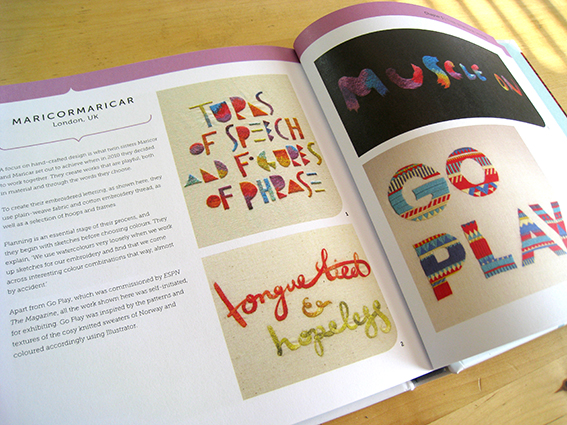
This is another job that came my way around 12 months ago. It should have been published in the spring, but was held back due to Covid19.
It’s very different to the kind of academic books I usually get to work on, so it made for a lovely refreshing change.
I started with the cover design. They wanted a typographic cover, but with hand drawn type, something similar to Goodnight Stories for Rebel Girls, which is a book I had picked up and admired in a bookshop once when browsing for Christmas presents. This got me very excited as I’d been messing around with hand lettering for some time, never expecting to get the chance to use my new found skills on an actual paid job. It was just something I did for fun.
I did two different designs, one of which included some doodles around a silhouette outline of a girls figure. In the end I kind of blended the two designs together into a third, dropping the figure but keeping the doodles, and then we went through a few variations in colour scheme before settling on the final version.

Then came the page layouts. Page layouts are normally pretty straightforward and follow a fairly standard route for most of the books I work on. But, as I said, this is a very different book. So to begin with I spent half a day browsing the bookshops for similar books, or books aimed at a similar market (girls aged 9-15) and I took as many photos with my phone as I could.
Straight away I decided to use as much colour as possible, following the colour palette from the cover, and also taking the doodles through into the page design to make them lively and fun. I had wanted to also incorporate some hand lettering, but eventually decided to use hand lettered fonts instead for consistency. Once I had a few of the illustrations it was just a matter of putting it all together into a design, which thankfully went down well from the off.
Usually I would design a few page spreads, maybe a whole chapter, a few pages from the start and end of the book, all marked up with notes and measurements along with a typespec which gives full specification details to the typesetter. With this one, we bypassed the typesetters and I set out the whole book in InDesign. It was a lot of work, but it meant I could be more freely creative with the layouts, adding coloured pages here and there, doodles wherever I fancied, dropping in the illustrations where it felt best to fill the space.
So all in all it was a lot of fun, and I’m looking forward now to working on the boys version. Watch this space!





























